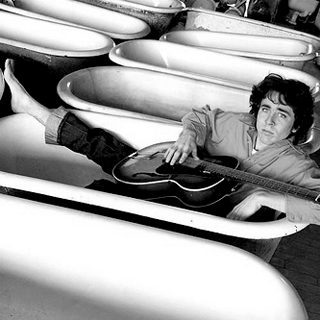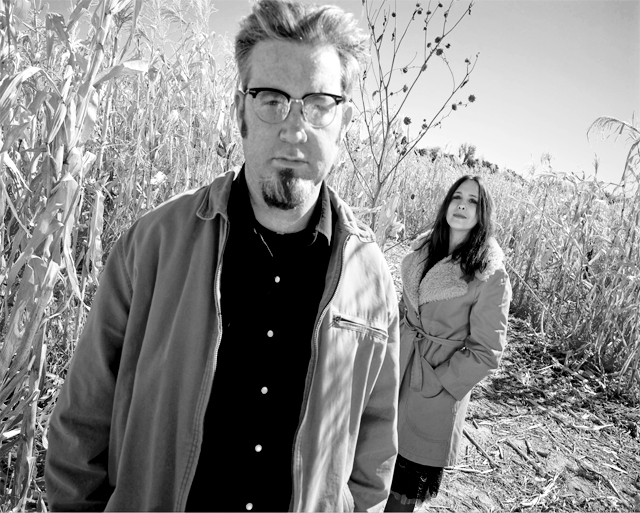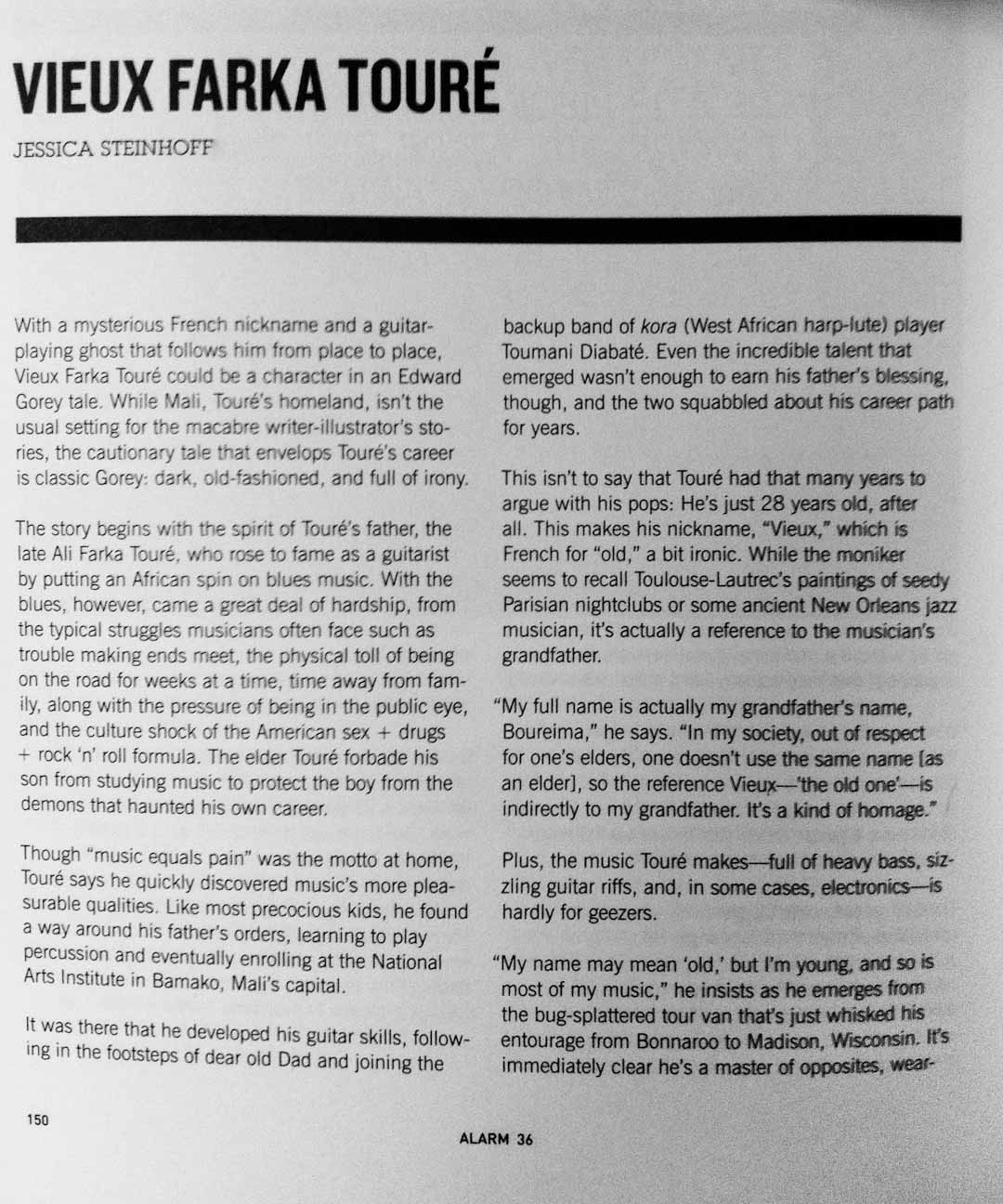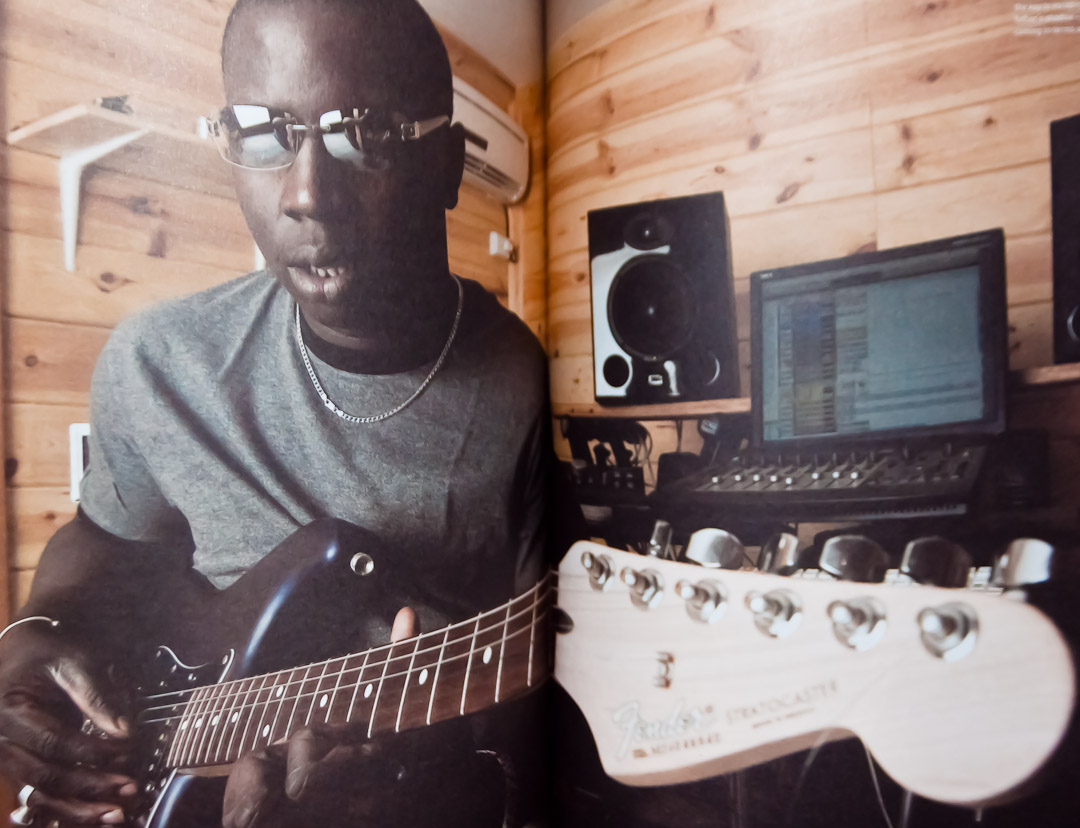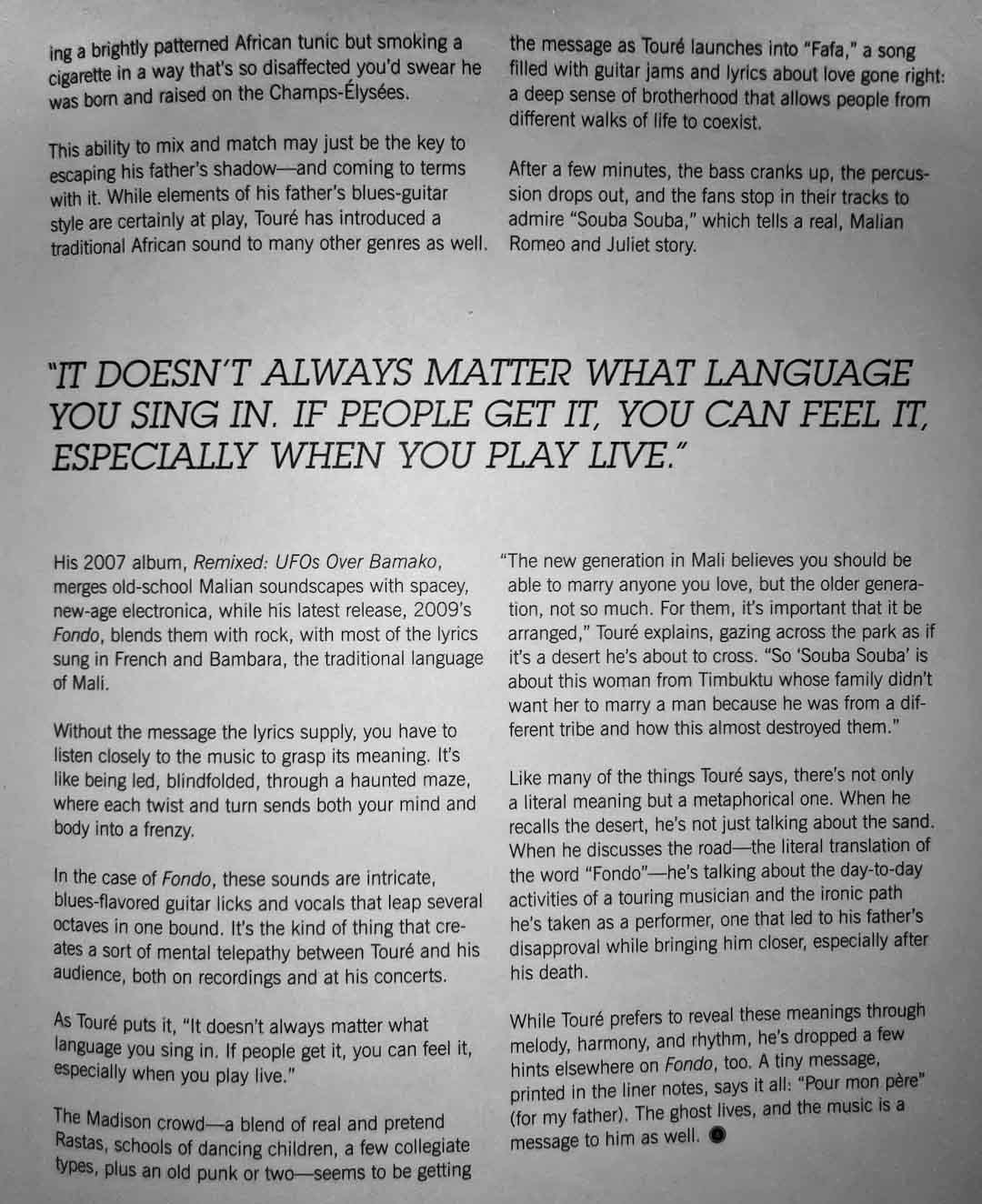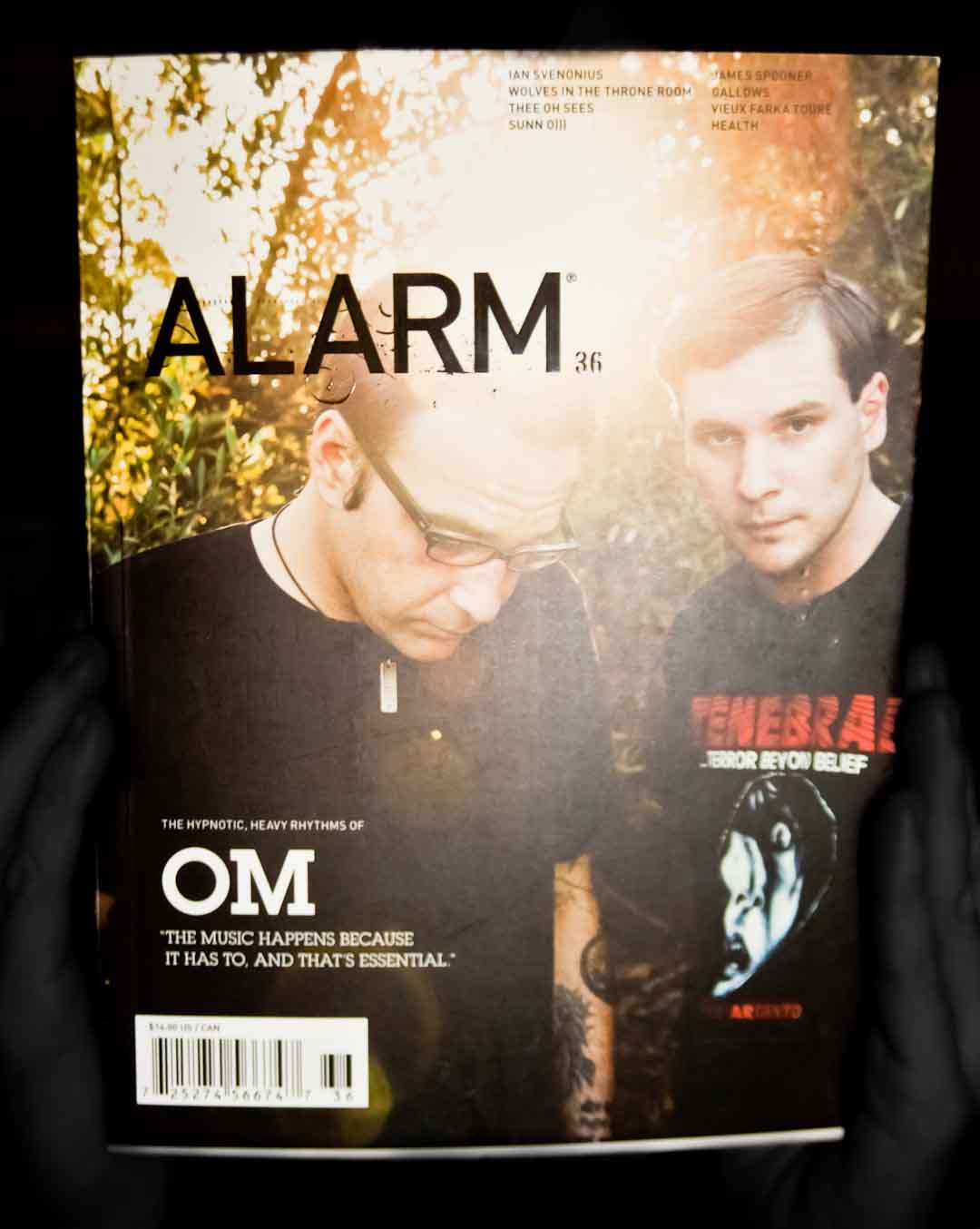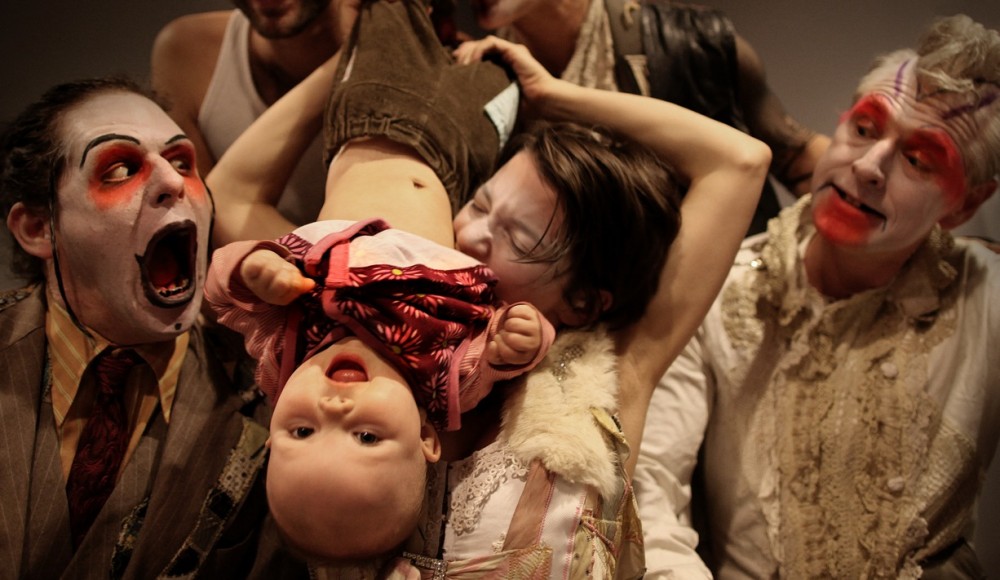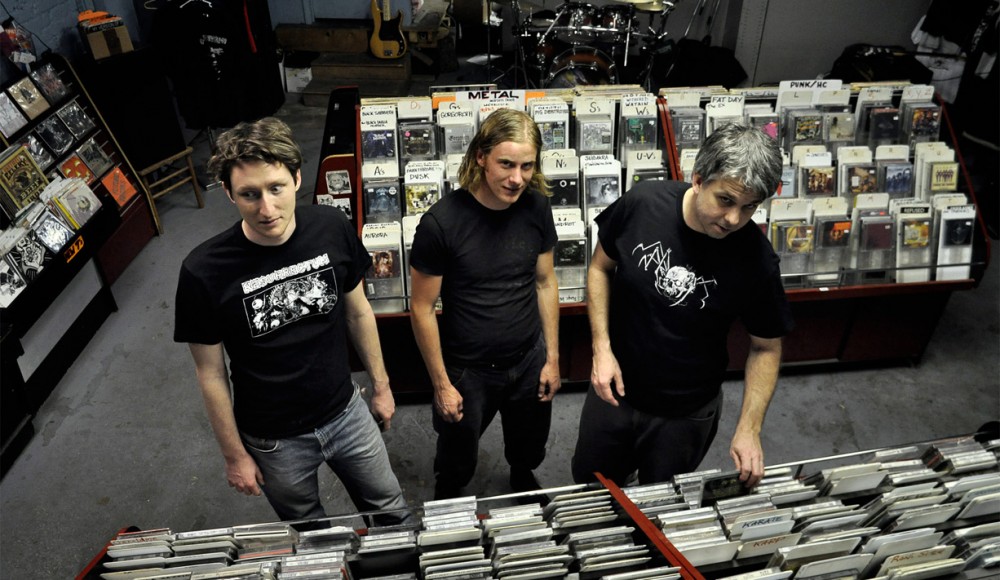Green jobs have been a cornerstone of President Barack Obama’s economic recovery plan since the early days of his campaign. It’s a concept that’s gotten people roaring with energy, ideas and an appetite for progress.
But what, exactly, does this term mean? “Green jobs” seems to be so vague that it can be applied to everything from launching wind farms to building hybrid vehicles or selling secondhand clothing.
But the goal of each green job is to reduce our nation’s carbon footprint while boosting the economy. What’s more, it involves something that’s often overlooked in all of the buzz about greening the economy—changing the way we think about consumption, not just using cleaner energy sources.
In other words, those engineering the green economy in Milwaukee and beyond need to promote a cultural shift that involves less driving, more reuse and a philosophy that less is more when it comes to material goods and energy use. Supporters argue that green-jobs initiatives should benefit both blue-collar and white-collar workers, people early in their careers and people who are further along and who’ve lost their jobs due to the economic downturn.
Jobs with Environmental Benefits
Some people assume that green jobs are confined to industries that develop technologies that reduce pollution, decrease fossil fuels use or in some way reduce many people’s carbon footprints at once. Others stress sustainability-enhancing efforts of individual people at individual organizations, regardless of types of goods or services the organization offers.
While the city doesn’t have a specific definition of “green jobs,” it has a few ideas about what they might look like. These ideas tend to focus on large companies and well-established institutions such as universities, which pioneer measurable green technologies and turn them into products and services that help many people, as well as the environment.
“In general, ‘green jobs’ are those associated with products, services and technologies that have environmental benefits,” says Ann Beier, director of Milwaukee’s Office of Sustainability.
Beier notes that jobs involving the design, construction and maintenance of renewable energy sources—from wind turbines to solar panels—are obvious examples, but that jobs involving storm-water and wastewater management may also be key for greening the region’s economy. “Manufacturing done by Milwaukee’s water cluster—Badger Meter and A.O. Smith, for example—creates products that may improve water quality and lead to water conservation or energy efficiency,” she says.
However, the word “green” gets a lot of flak because it “sounds a bit tie-dyed,” says Ryan Thompson, the founder of Greener Milwaukee, a local consortium of more than 200 different stakeholders, including civic organizations, research institutions and small businesses. “What we’re really trying to communicate here is optimization,” he says. “The optimization of resources, technology, cutting-edge everything.”
Green jobs, by extension, stress innovation and economical, sustainable use of resources. Equating cost savings with Earth-saving is a paradigm shift, but it’s essential to making the movement work, Thompson says.
While the idea of dismantling our consume-and-dispose culture has only recently begun to gain momentum, green jobs aren’t as shiny and new as you might think. You may have one and not even know it, says Dan Kohler, director of the citizen advocacy group Wisconsin Environment.
“Green jobs really end up being a lot of the same types of jobs people have now, but we’ve moved to a clean-energy economy where we’re doing more with energy efficiency and better, cleaner transportation options,” he says.
The options are many: research, agriculture, manufacturing and construction, to name a few. And southeastern Wisconsin has most of the necessary building blocks: universities, farmland, factories and buildings aching for retrofits.
It’s also got a lot of folks who work in offices, restaurants and hotels—people who drive to their jobs, get takeout for lunch and work in buildings that could use less energy and make less waste.
While the latter type of job retrofit simply involves greening existing jobs, the Milwaukee region is an ideal incubator for new blue-collar and white-collar jobs in emerging environmental-technology industries, Kohler says. “For blue-collar green jobs, there’s construction and retrofitting of buildings, weatherizing homes and businesses, and manufacturing renewable-energy components such as batteries—and developing the technology that goes along with these components,” he says.
A number of area companies are already leaders in green technologies. Kohler points to Johnson Controls, which just won a contract to make batteries for Ford’s hybrid vehicles. He also stresses that the region’s researchand-development resources, both at universities and in the private sector, are strong in areas such as bioenergy and next-generation biofuels, wind and solar power, and water technologies.
Then there are all of the other white-collar jobs—from marketing to legal services—that surround the new products that are being developed in the labs and emerging opportunities such as local and regional light rail, Kohler says.
Kohler assures that the demand for these products and services is real, as does Joe Jacobsen, associate dean of the environmental studies program at Milwaukee Area Technical College (MATC).
“People are really thirsty for this stuff: They want to learn how to make their buildings more energy-efficient, use more post-consumer materials and get LEED-certified—and they want to get their employees excited about these things,” he says. “It’s just a matter of learning how.”
But energy savings isn’t the only motivation: Replacing older workers is also a factor. Jacobsen says that many local companies are seeking employees to manage energy-efficiency projects simply because their current supervisors are retiring. “[Local renewable-energy implementation firm] Franklin Energy needs 30 people today, and they’re going to need 150 next year,” he says. “And that’s just the tip of the iceberg.”
Greening the Economy
Obama set a campaign goal of developing 5 million green-collar jobs as a way to promote energy efficiency and self-reliance. The cratering of the global economy hasn’t deterred him from pushing forward with this pledge. In fact, the economic downturn may have given him an opportunity to spur green-collar job creation on a large scale.
The $787 billion federal economic stimulus package, signed into law on Feb. 17, provides $32.8 billion for clean energy, $26.9 billion for energy efficiency and $19 billion for green transportation. Of this money, $3.1 billion will fund the State Energy Program and $3.2 billion will bolster local governments’ energy-efficiency and renewable-energy projects via block grants.
The package also includes a renewable energy manufacturing credit and $500 million for the Green Jobs Act—and the 70,000 renewable-energy workers it’s expected to train—and numerous other measures to create green jobs.
Meanwhile, for Milwaukee business and community leaders, green jobs mean fuel for the local economy. Milwaukee Mayor Tom Barrett partnered with Milwaukee County Executive Scott Walker and Tim Sheehy of Metropolitan Milwaukee Association of Commerce to launch Metro-Milwaukee Green, a countywide initiative to promote and support businesses’ efforts to adopt sustainable practices such as building retrofits, cutting-edge recycling programs and green office-cleaning programs.
Participating businesses met in January to share ideas and are currently developing energy-saving strategies custom-tailored to their offices, which they’ll present at a summit on Earth Day.
The city’s Office of Sustainability— the brainchild of an 11-member “Green Team” of local development, planning and environmental experts—has also been instrumental in bringing together the parties necessary to get several local green initiatives running.
The sustainability office and the Green Team have provided recommendations for existing job-creation efforts at the Menomonee Valley development venture, the 30th Street industrial corridor project and the Milwaukee 7 Water Council. It’s also working to make sure that southeastern Wisconsin gets a healthy piece of the Green Jobs Act cash, Beier says.
That, however, will involve tightening up the region’s definition of “green job” and showing the feds that Milwaukee-area jobs are among the greenest—and most beneficial—in the country.



